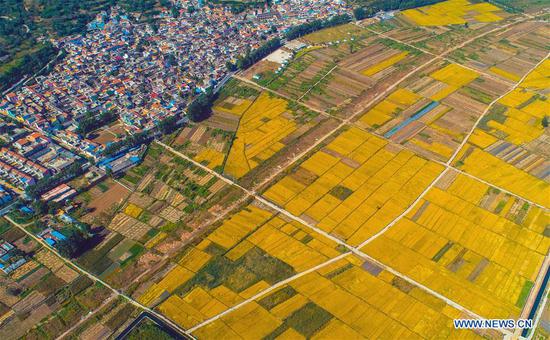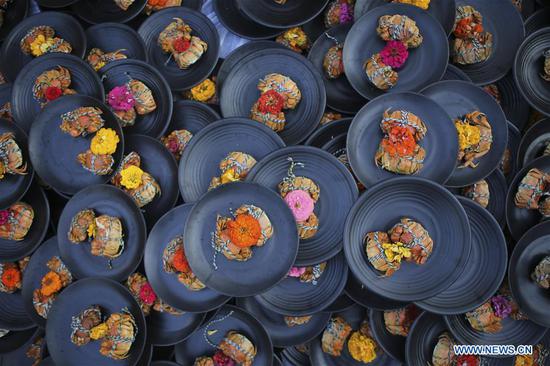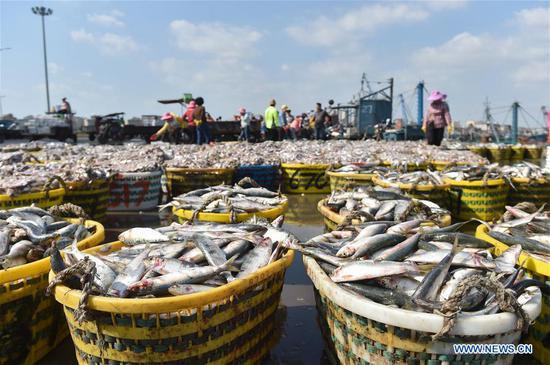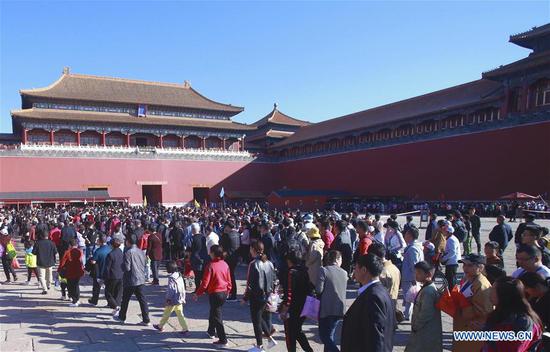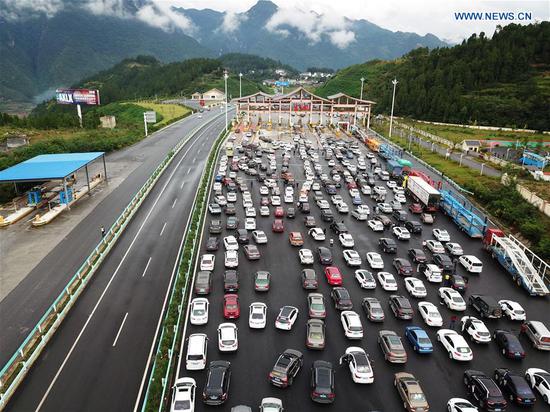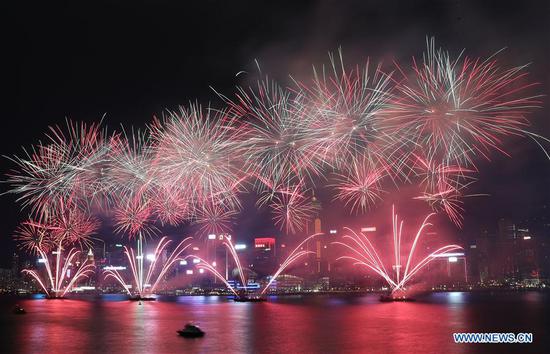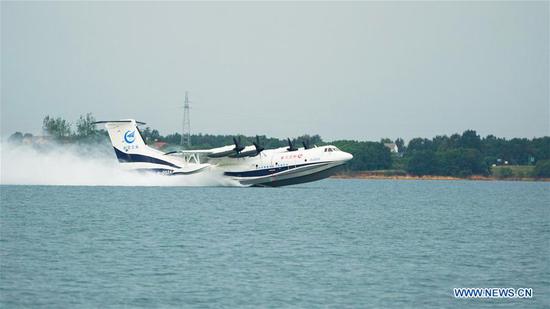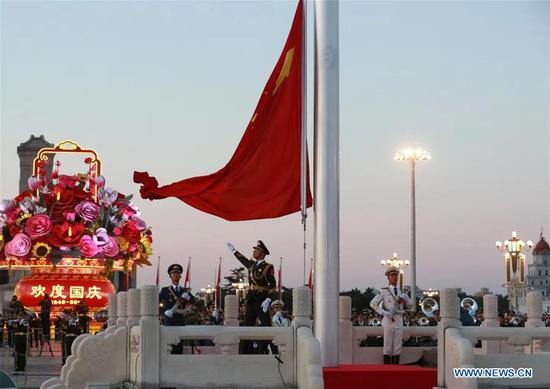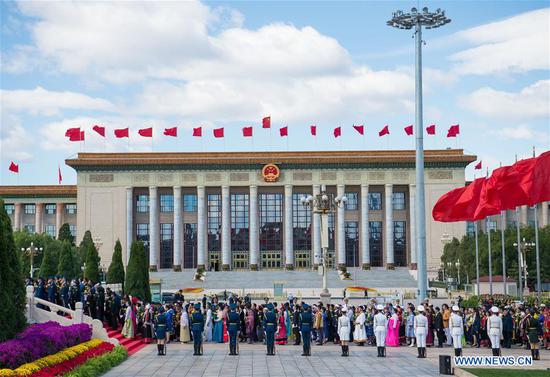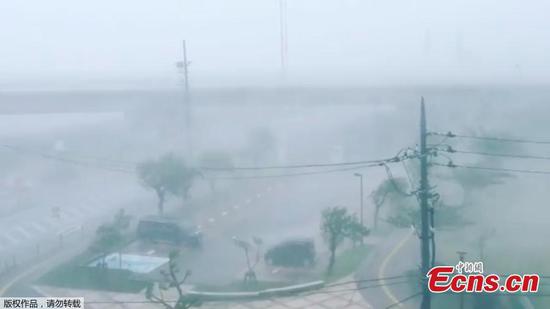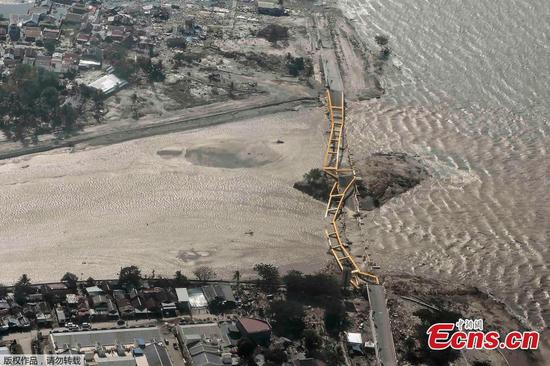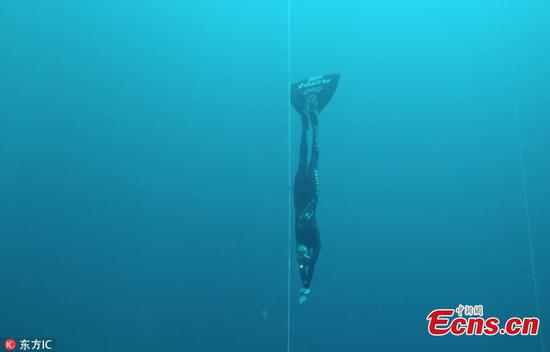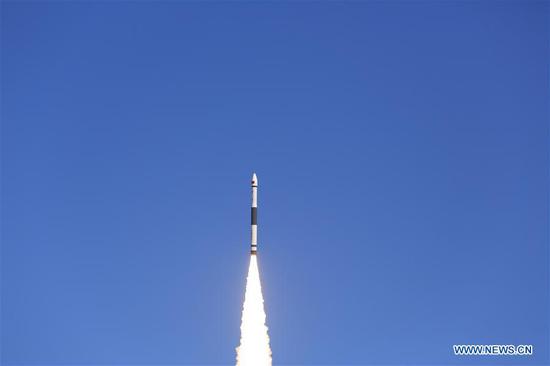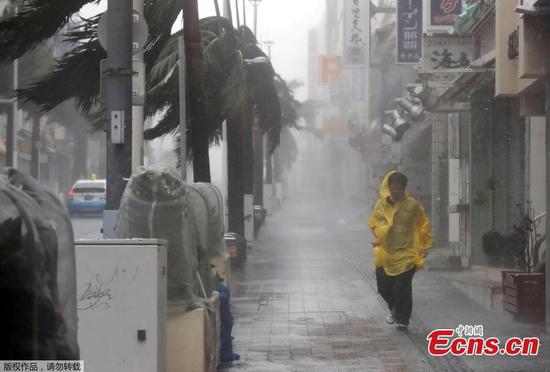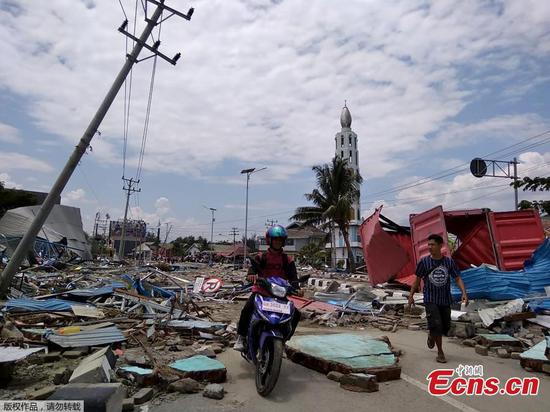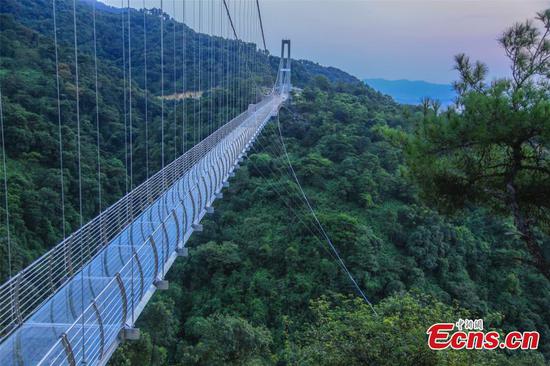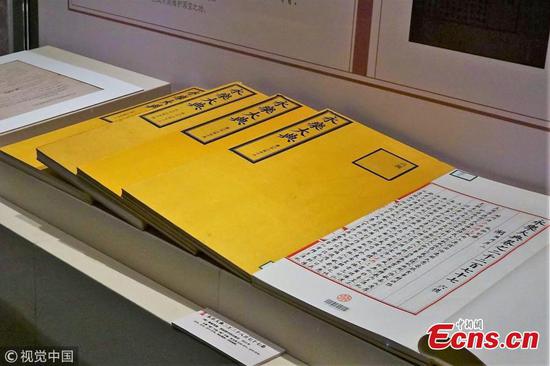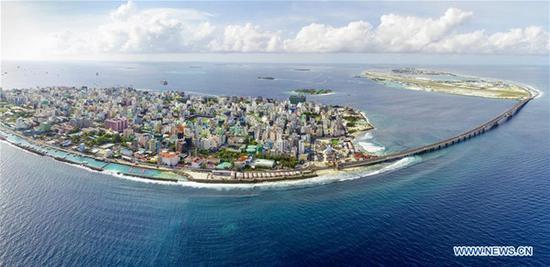
137509175_15385435339001n_副本
Five years after China put forward a new Maritime Silk Road initiative Indonesian Parliament Speaker Bambang Soesatyo vividly remembers how it came to be.
It is in October 2013 when Chinese President Xi Jinping proposed building a close-knit China-ASEAN community and offered guidance on constructing the 21st Century Maritime Silk Road in his speech at the Indonesian parliament.
As a part of the Belt and Road Initiative, the new Maritime Silk Road is designed to go from China's coast to Europe through the South China Sea and the Indian Ocean in one route, and from China's coast through the South China Sea to the South Pacific in the other. It's part of China's efforts to promote maritime cooperation, regional inter-connectivity and economic integration.
Soesatyo said Indonesia plays a key role in the 21st Century Maritime Silk Road, with planned infrastructure development from Aceh to North Maluku provinces.
Indonesia's Global Maritime Axis plan that emphasizes the sea as the future of Indonesia is in line with the Belt and Road Initiative, said the parliament speaker.
"The two ideas have shared commonalities. It's supposed to make Indonesia and China synergize well in addressing them," he said.
REVIVING GLORY
Looking over a vast stretch of tranquil sea, a stone tablet, which reads "the world's longest and busiest strait" in English, Malay, Chinese and Arabic, is now a legacy of past glory for Malaysia's ancient trade hub Malacca, also known as Melaka.
Some 600 years ago, Malacca reached its golden age with the rise of the Maritime Silk Road. One of its highlight was the expeditions led by Chinese admiral Zheng He (1371-1433). During his seven voyages, Zheng docked his massive fleet of hundreds of ships in Malacca several times.
However, the Malacca Sultanate lost its luster after being conquered and colonized by the Portuguese. It is now the smallest state in Malaysia with 1 million people and tourism is the pillar of its economy due to a lack of natural resources and heavy industry.
China has been calling for the revival of the seafaring route, and Malacca has been pioneering Malaysia's active participation in the Belt and Road Initiative, capitalizing on the historical association with China.
Malaysia's KAJ Development plan announced in 2016 that it would join hands with three Chinese companies -- PowerChina International, Shenzhen Yantian Port Group and Rizhao Port Group -- to build a deep sea port as part of Malacca Gateway.
The Malacca Gateway, a complex consisting of the port and vast stretches of commercial, industrial and tourism facilities, is designed to sprawl over 1,366 acres and costs some 9.8 billion U.S. dollars.
More than 100,000 ships pass through the Malacca Strait annually. The Malacca Gateway will be a new cost-saving option for those ships, according to Gan Tian Loo, a former Malacca commerce official in charge of business cooperation with China.
Michelle Ong of KAJ Development expected the mega project to transform Malacca's economy with a new eco-system that would bring in hundreds of companies, while the local government's effort to attract Chinese investment is already bearing fruit.
FRIENDSHIP BRIDGE LEADS TO BRIGHTER FUTURE
With a long queue of brand-new buses rolling onto the brightly lit China-Maldives Friendship Bridge, the Maldives' long-term dream to have a cross-sea bridge eventually came true.
As an iconic project of the Maldives and China in co-building the 21st Century Maritime Silk Road, the 2-km bridge connects the capital Male and neighboring Hulhule island where the island nation's main international airport is located.
The bridge has made it possible for the locals and tourists to transit between the two islands in the Indian Ocean within five minutes.
"At first, many people including me didn't believe building a bridge here is possible. The impossible has become possible in my country," said 26-year-old Amila. "I believe the bridge will lead to a brighter future of the Maldives."
Many youths in the Maldives shared the same view as Amila's over the new bridge. "The Maldives never witnessed such a mega infrastructure project. Every Maldivian youth who crosses it will learn to dream of bigger and better projects. We can now think of having a Maldivian Dream," said Midhuam Saud, vice president of the Maldives-China Trade and Cultural Organization.
The cross-sea bridge makes the life of the Maldivians more convenient and simpler. However, constructing it in the sea as deep as 46 meters, with a high temperature, high humidity and high levels of ultraviolet radiation is not an easy task.
Chief engineer from the China-Maldives Friendship Bridge Project Cheng Duoyun told Xinhua that in the 33 months of construction, the project had achieved a number of key technical breakthroughs.
"The success of the bridge has also prepared us for similar projects in building the 21st Century Maritime Silk Road in the future," Cheng said.
HOMETOWN HOPE
For Ranaja, a young man from the seaside town of Hambantota in southern Sri Lanka, the Maritime Silk Road has transformed his hometown, known for its deep-water port.
Sitting in the southern coast of Sri Lanka, the Hambantota Port is only 10 nautical miles from a busy shipping route in the Indian Ocean.
However, development of the port was delayed for some time, plagued by a decades-long civil war and a lack of funds, technology and expertise.
The dilemma persisted until a joint venture was established between Sri Lanka Ports Authority and China Merchants Port Holdings (CMPH) to co-develop the port.
Phase 1 was completed in December 2011 and put into operation in June 2012. Phase 2 was completed in April 2015.
Hambantota Port is the second project for CMPH in Sri Lanka after the Colombo International Container Terminal, a symbolic of cooperation between China and Sri Lanka.
Chief Operating Officer from the joint-venture Hambantota International Port Group Tissa Wickramasinghe told Xinhua that the port has been functioning "extremely well," with the roll on-roll off (RO-RO) business picking up more than expected.
Wickramasinghe anticipated that as long as its geological advantages are leveraged, the port will become a key node in the global supply chain to serve the South Asia market of 1.7 billion people.
Moreover, the economic development of the port will benefit the whole Hambantota area and help residents in south Sri Lanka shake off poverty.
Looking at the blue quay crane at the port, Ranaja, also a port worker, knows where the future of his hometown lies.
"We work here not only for the short commute and good salary, but also our hopes to develop the port," he said. "It's the hope of our hometown."









